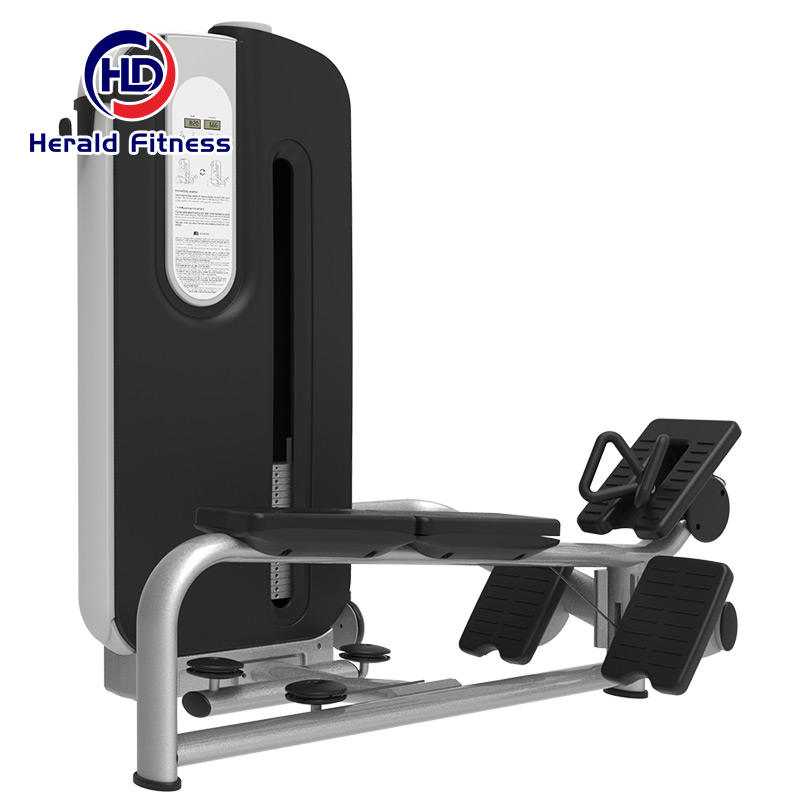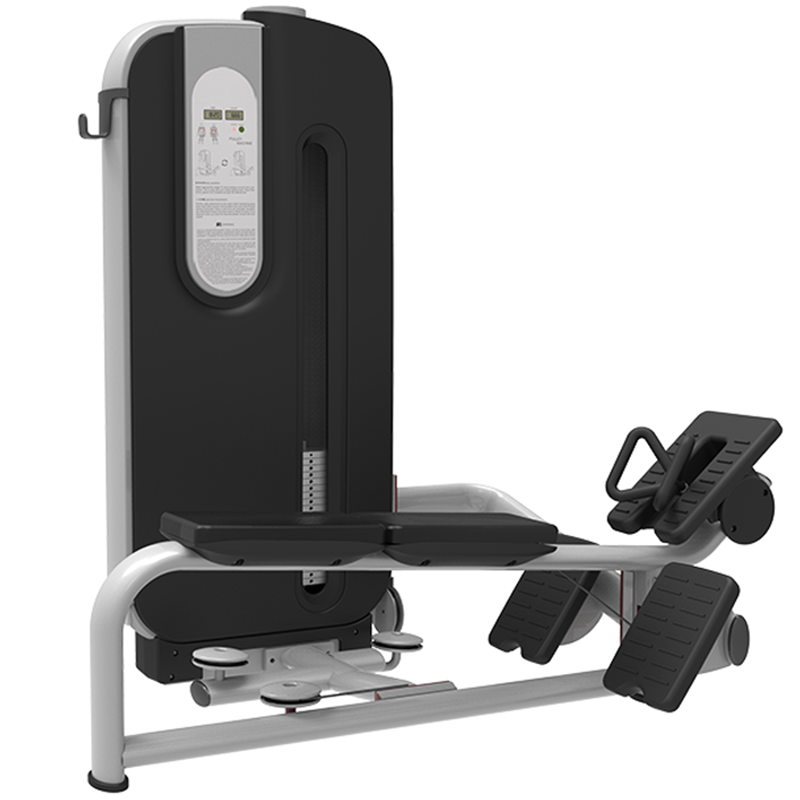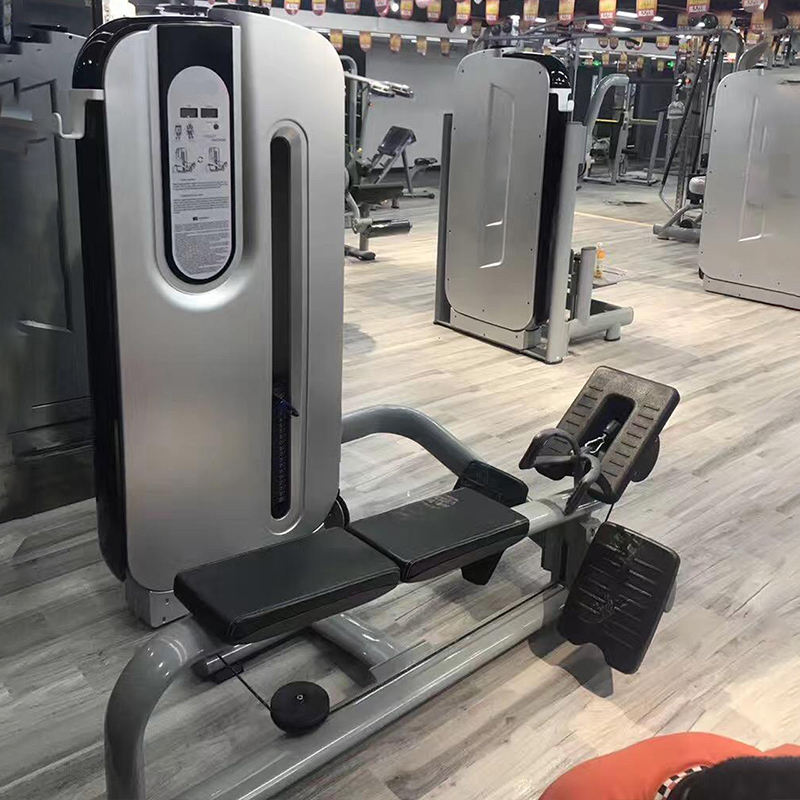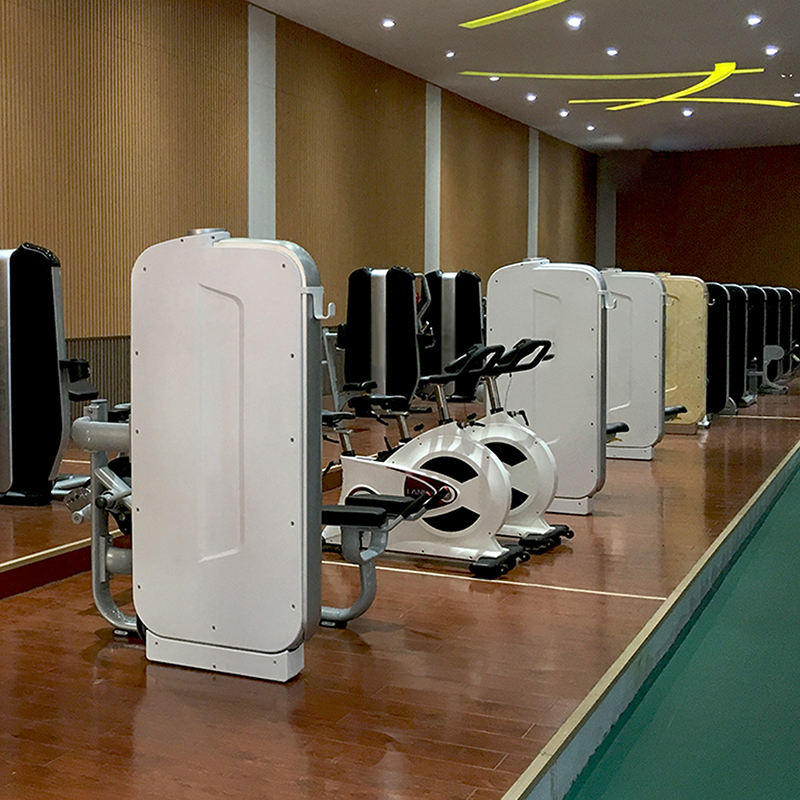A Pulley Machine, also known as a Cable Machine, is a versatile piece of gym equipment that utilizes a system of adjustable cables and pulleys to provide resistance for a wide range of exercises. Here’s a detailed description of the Pulley Machine:
Pulley Machine
Purpose:
- The Pulley Machine is designed to offer resistance for various strength training exercises, targeting different muscle groups throughout the body. It allows users to perform exercises that mimic natural movements and engage muscles in a controlled manner.
Design:
- Structure: Typically, a Pulley Machine consists of a sturdy frame with one or more adjustable pulleys mounted at different heights or angles.
- Cables: The pulleys are connected to cables with handles or attachments at the ends, which can be adjusted for length and height.
- Weight Stack: Many machines incorporate a weight stack or stack of weight plates connected to the cables, providing adjustable resistance.
- Attachments: Various attachments such as straight bars, D-bars, ropes, and ankle straps can be used with the cables to perform different exercises.
Functionality:
- Versatility: The Pulley Machine allows for a wide variety of exercises targeting different muscle groups, including chest, back, arms, shoulders, and legs.
- Adjustability: Users can adjust the height of the pulleys and attachments, as well as the weight or resistance level, to suit their fitness level and specific exercise requirements.
- Range of Motion: It enables smooth and controlled movements through a full range of motion, helping to maximize muscle engagement and minimize joint stress.
- Stability: The machine typically features a stable base and handles or supports for proper body positioning during exercises.
Benefits:
- Functional Training: Supports functional movement patterns that mimic daily activities and sports-specific motions.
- Isolation and Integration: Allows for isolation exercises to target specific muscles as well as integrated movements involving multiple muscle groups.
- Safety: Provides a controlled environment for exercises, reducing the risk of injury compared to free weights.
- Progressive Overload: Facilitates progressive resistance training by adjusting weights or resistance levels, aiding in strength gains and muscle development.
Common Exercises:
- Upper Body: Examples include cable chest press, cable rows, lat pulldowns, triceps pushdowns, biceps curls, and shoulder lateral raises.
- Lower Body: Exercises like cable leg extensions, cable squats, and cable hip abductions can also be performed.
Tips for Using the Pulley Machine:
- Setup: Adjust the pulleys, attachments, and weights according to the exercise and your body dimensions.
- Form: Maintain proper posture and form throughout each exercise to ensure safety and effectiveness.
- Controlled Movement: Focus on smooth and controlled movements during both the concentric (lifting) and eccentric (lowering) phases of each exercise.
- Variety: Incorporate different exercises and variations to target various muscle groups and avoid plateaus.
In summary, the Pulley Machine is a highly adaptable and functional piece of equipment suitable for users of all fitness levels. It offers a wide range of exercises to strengthen muscles, improve flexibility, and enhance overall fitness and athletic performance.





















































Reviews
There are no reviews yet.